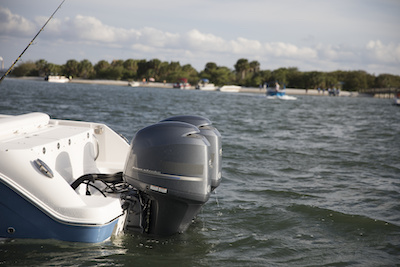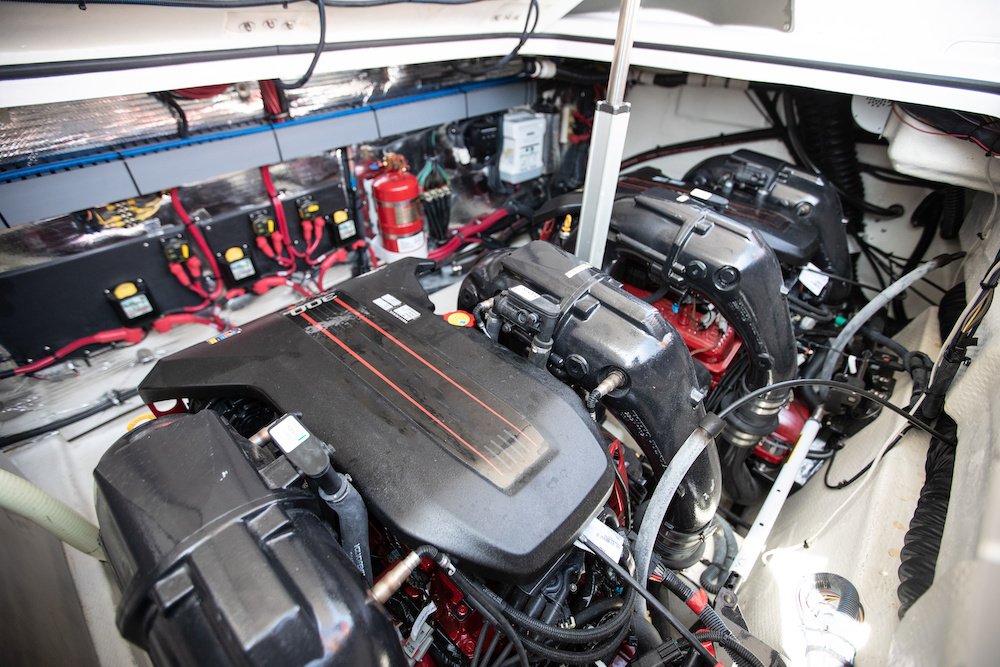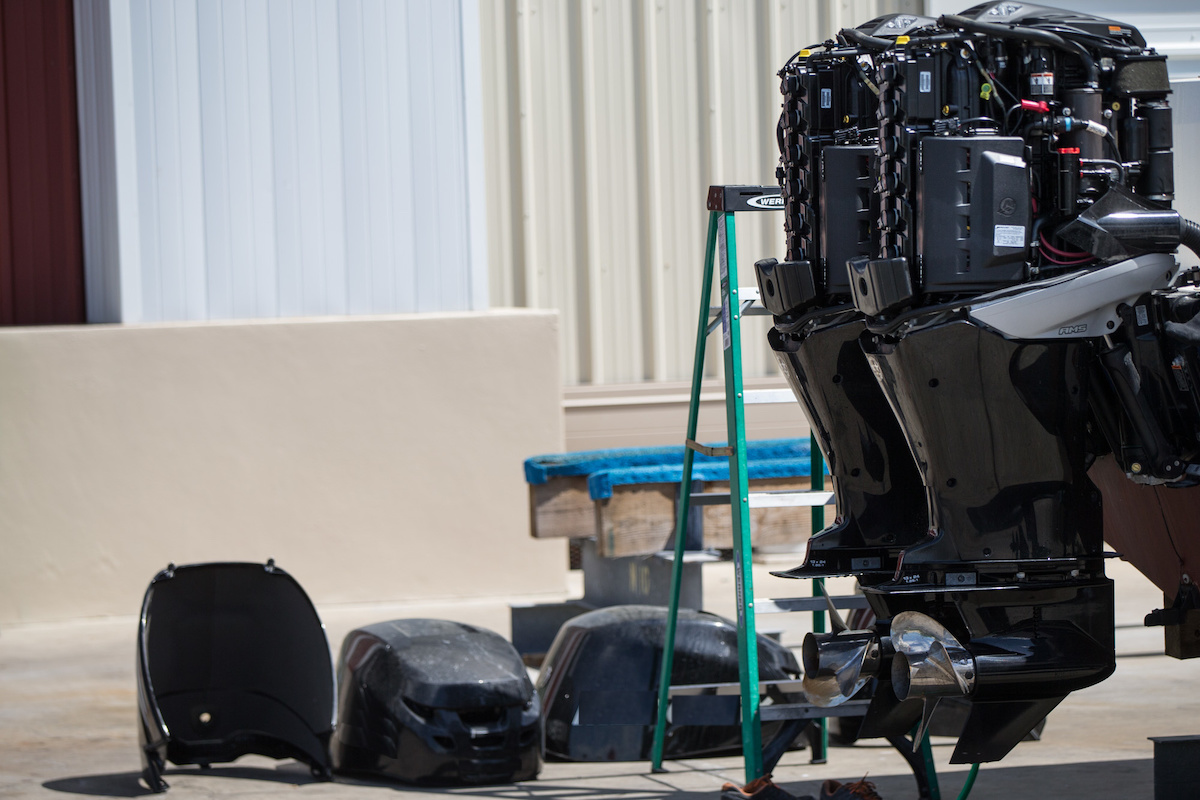 Don’t let an engine issue ruin your day of boating. By following some basic maintenance habits, you can avoid the most-common marine engine issues.
Don’t let an engine issue ruin your day of boating. By following some basic maintenance habits, you can avoid the most-common marine engine issues.
Follow these basic steps to maintain your boat's engine:
- Read your owner's manual.
- Avoid fuel problems.
- Avoid battery problems.
- Complete annual servicing, either DIY or by a professional technician.
- Winterize your engine (if used in a colder climate).
- Check your propshaft.
Read Your Owner’s Manual
The marine engine owner’s manual outlines basic maintenance procedures and has a schedule for regular maintenance. If your owner’s manual is missing a dealer can order you a new copy, or you may be able to order a paper copy or download a digital copy from the engine manufacturer’s website.
Avoid These Two Common Problems
When a marine engine has a problem, it’s usually related to either fuel or the battery.
Avoid Fuel Problems
- When possible fuel your boat with gasoline that does not contain ethanol. If only ethanol-blend fuel is available, make sure to only use fuel with up to 10 percent ethanol (E10). No marine engine is certified to operate on fuel with more than 10 percent ethanol. Try to by fresh gas from a busy fuel dock or gas station.
- Use a fuel stabilizer additive if you don’t anticipate using most of the fuel in your boat within a week or two. Modern gasoline can begin to oxidize and form trouble-causing deposits in the fuel system in just a few weeks, especially in older engines fitted with a carburetor rather than fuel injection.
- Install a 10-micron water-separating fuel filter between the fuel tank and the engine, which will have a spin-off filter element. Many newer boats are already equipped with these filters, which can keep water and very fine particles of debris out of the engine. Carry a spare filter element on the boat.
Avoid Battery Problems
- Always replace the engine cranking battery with another marine battery, which has thicker plates and a more-robust design than an auto battery to withstand the vibration and pounding a boat can deliver.
- Secure the marine battery with a good battery tray, which should have a base that is screwed or bolted to the boat and either a rigid bracket or a locking strap to hold it to the base. You don’t want the battery banging around in rough water.
- Frequently check the battery terminal connections to make sure they are snug and free of corrosion.
- If you use the boat infrequently, use a maintenance-type battery charger to keep the battery fully charged between outings.

Annual Service
Follow the service schedule outlined in your marine engine owner’s manual. Most outboard, sterndrive and gasoline inboard engines require basic service every 100 hours or annually. This basic service will include an oil-and-filter change (for four-stroke engines), changing the gearcase lubricant in outboard and sterndrive engines, changing the fuel filter element, and perhaps installing fresh spark plugs. A good service shop will also check the accessory belt on sterndrive and inboard engines, inspect and replace sacrificial anodes as required, and check the condition of power steering and hydraulic trim fluid. Make sure the water pump impeller is changed on schedule. This service is often combined with winterizing the engine for off-season storage.
Winterizing the Engine
This procedure will also be outlined in the owner’s manual. If you will be storing the boat in a climate with below-freezing temperatures a sterndrive or inboard engine will need to have its cooling system flushed with antifreeze. This expels all of the fresh water from the cooling system, which could otherwise freeze and damage the engine. Even engines with a closed cooling system that is filled with antifreeze may need to be flushed to expel water from the exhaust and heat exchanger. You can do this yourself but it’s really a task best left to a marine service shop. Many shops will combine winterizing with annual service.
Learn More in our Winterization Guide
Diesel Issues
Keep the tank full and use a quality diesel additive to prevent microbial growth. Check the fuel filter inspection bowl for water before every trip.
Clogged sea strainers are the most-frequent cause of engine failure on inboard diesel engines (and inboard gasoline engines). A fouled strainer prevents raw water from being drawn into the cooling system. Check yours before each outing.
Check Your Propshaft
Outboard and sterndrive owners should remove the propeller(s) several times a year to check the prop shaft for fishing line. Line discarded in the water can become wrapped around the shaft and will eventually damage the prop shaft seal, allowing water to enter the gearcase, which can lead to catastrophic failure and an expensive repair bill. Again, check your owner’s manual for instructions on removing the prop and inspecting the shaft.

